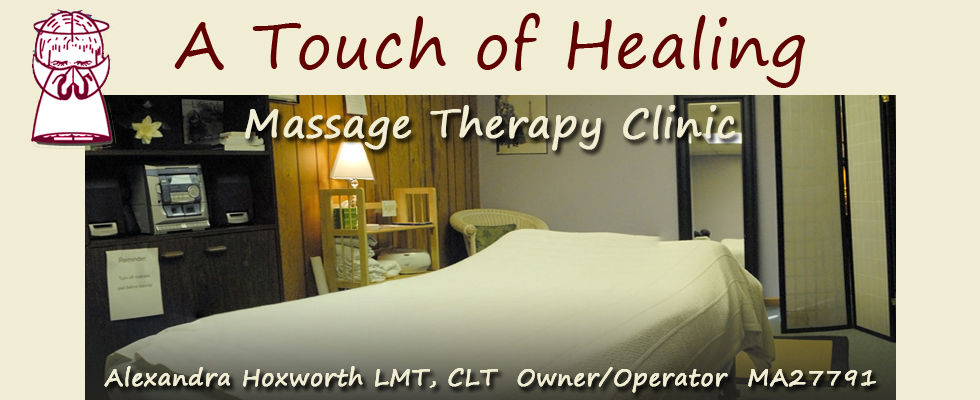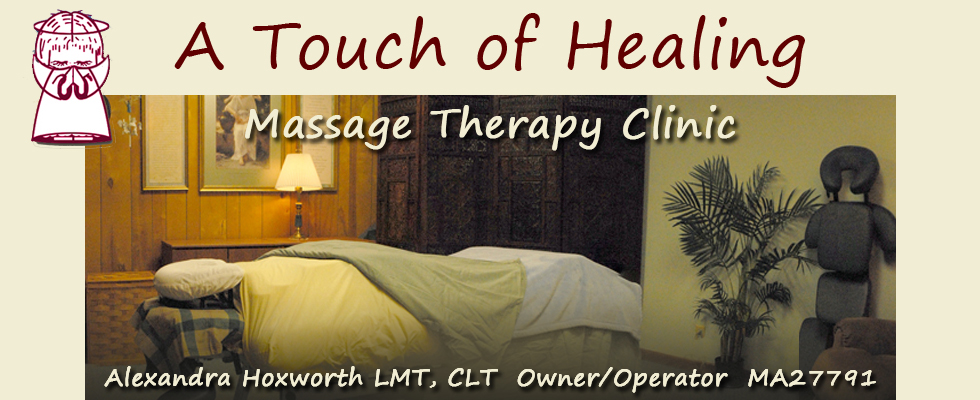PREGNANCY AND POSTPARTUM MASSAGE THERAPY
While massage therapy during pregnancy is not intended to replace appropriate prenatal care, used as a form of adjunctive health care, some benefits are:
• Reduces stress and promotes relaxation
• Relieves muscle spasms, cramps, and myofascial pain, especially in the back, neck, hips, and legs
• Increases blood and lymph circulation, increasing cellular nutrition and reducing edema
• Reduces strain on weight-bearing joints and musculo-fascial structures
• Provides emotional support and physical nurturance
• Develops the sensory awareness necessary to relax during 1st stage labor and to recruit appropriate muscles during the pushing phase
• Improves outcome of labor
• Provides a pregnant woman with the experience of loving, nurturant touch so that she may touch her own baby lovingly
• Postpartum restoration of abdomen and weight bearing muscles and joints
• Support for new mother with physical and emotional strains of mothering
Physicians recommend receiving the first massage after 13 weeks gestation.
It is suggested that patients receive a massage once a week (or more) during the second trimester, and twice a week (or more) during the third rimester. Typically, a pregnancy massage session will last anywhere from 60 minutes to 90 minutes. Position may be supine, prone or side-lying.
If you have been told that your pregnancy is in a high-risk cataglory, please discuss massage therapy with your physician or prenatal healthcare provider, and request their written approval.
Contraindications for Pregnancy Massage; heavy vaginal discharge(watery or bloody), pre-eclampsia, diabetic, high blood pressure, contagious illness, morning sickness, fever, abdominal pain, vomiting/diarrhea, any malignant condition, and unusal pain.
Postpartum massage therapy can begin 24 hours after delivery. If there were complications, you must have written release from your physician if you wish to receive massage in the 1st month postpartum.


